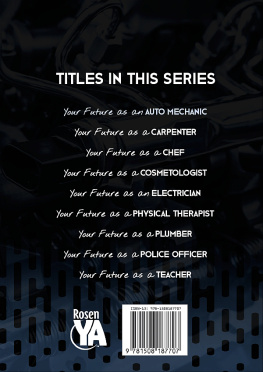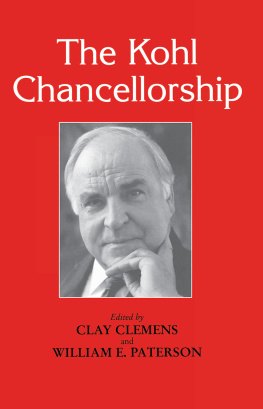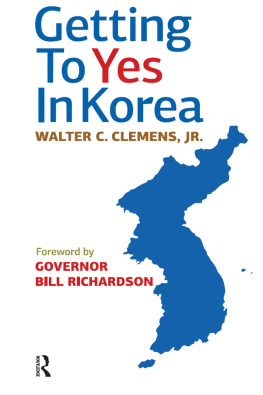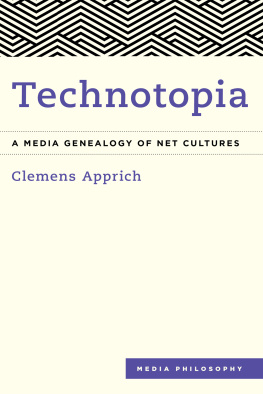ALSO BY PAUL CLEMENS
Made in Detroit

Copyright 2011 by Paul Clemens
All rights reserved. Published in the United States by Doubleday, a division of Random House, Inc., New York, and in
Canada by Random House of Canada Limited, Toronto.
www.doubleday.com
DOUBLEDAY and the DD colophon are registered trademarks of Random House, Inc.
A portion of this work previously appeared in different form in the New York Times.
All illustrations courtesy of the author
Library of Congress Cataloging-in-Publication Data
Clemens, Paul, 1973
Punching out: one year in a closing auto plant/Paul Clemens.1st ed.
p. cm.
1. Automobile industry and tradeMichiganDetroit. 2. Automobile industry workersMichiganDetroit. 3. Plant shutdownsMichiganDetroit. I. Title.
HD9710.U53D4725 2010
338.476292220977434dc22 2010019970
eISBN: 978-0-385-53262-4
v3.1
The author wishes to acknowledge the generous support
of the John Simon Guggenheim Memorial Foundation
in the writing of this book.
FOR EDDIE AND THE GUYS
This was a very terrible and melancholy thing to see, and as it was a sight which I could not but look on from morning to night (for indeed there was nothing else of moment to be seen), it filled me with very serious thoughts of the misery that was coming upon the city, and the unhappy condition of those that would be left in it.
Daniel Defoe, A Journal of the Plague Year

Welcome to
The Budd Company Detroit Plant


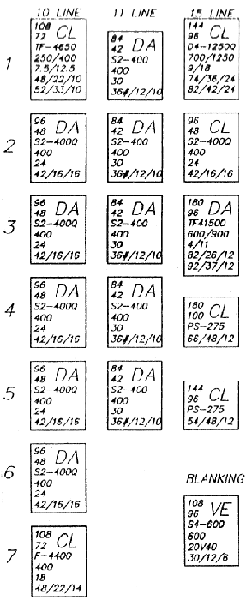

Contents
PROLOGUE
Taint Never Gonna Come Back, McGee
CHAPTER 1
Settle Labor Issues
CHAPTER 2
They Just Closed the Door
CHAPTER 3
Assets Formerly of Budd Company Detroit
CHAPTER 4
Surplus Industry Service Providers
CHAPTER 5
Picking the Carcass
EPILOGUE
You from Detroit?
PROLOGUE

Taint
Never Gonna
Come Back,
McGee
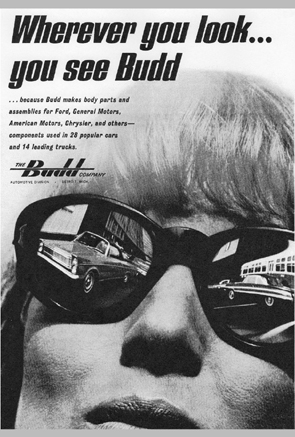

WHEN JON CLARK started his newsletter, Plant Closing News, in 2003, he promised subscribers that hed report on the specifics of 25 plant closings a month300 per year. In 2003, he reported on 983; the next year, 1,130; the next, 1,180. When I first talked to him, in October 2007, hed reported who, what, when, where, and why on 980 plant closings in the calendar yearthats so far, he stressed, plus an additional 250 bankruptcies.
The newsletter comes out biweekly and is targeted to surplus industry service providers, including rebuilders, used equipment dealers, dismantlers, demolishers, remediation contractors, equipment riggers, craters, and equipment transport firms looking for current business opportunities, particularly those arising from the closing or relocating of North American industrial manufacturing plants. Each issue begins by noting the number of closings in the United States and Canada included in the issue. For instance, the January 15, 2007, issue is headlined: 44 Companies Closing 48 Plants + 18 Bankruptcies. These are then subdivided by industryfood processing, textile products, wood products, pulp, paper products, chemical products, rubber, plastics products, glass, cement products, metal products, electrical, electronics, other manufacturersand again by stateAL 2, FL 3, MI 6before the specifics of each closing are given. Clark recalled getting a phone call from a manager at a plant in Arkansas angry that his plant had appeared in the newsletter. Clark pointed out that the closing had already made the papers.
Clark has also written Plant Closing Checklist, which includes a couple hundred questions and comments covering areas pertinent to plant closure. Know what one of the first things on the Plant Closing Checklist is? Clark asked. Tell your people whats going on! His memory for individual plant closings is unusually good. When we first spoke on the phone, I told him I was working on a book about the closing of the Budd Detroit Automotive Plant, Stamping and Frame Division. That was a two-million-square-foot facility, Clark said of the plant, whose closing had appeared in the July 15, 2006, issue of Plant Closing News. He has industrial facts and figures at his mental fingertips, and his knowledge of plant closings is sought after. The Democratic National Committee had contacted him in the buildup to the presidential election of 2004 in an attempt to determine how many jobs had been exported under Mr. Bush. It was a question impossible to answer exactly but one that led Clark to a larger point. I tell you what, he said he told the Democrats. If you can get everybody to vote for you thats lost their job in this country, you can easily be elected. He added, And that was four years ago. And thats five thousand plant closures ago. And I think that had a big impact on Obama being elected.
We met over breakfast in the Houston airport a week after the 2008 presidential election, when the depth of the countrys financial crisis was becoming clear. The Great Recession had officially begun eleven months before, and later that month the leaders of Detroits Big Three would arrive in Washington for a public flogginga prelude, for General Motors and Chrysler, to the bankruptcies to come. Auto suppliersDelphi, Lear, Tower Automotive, Dana, Durawere ahead of the downward curve, beating GM and Chrysler into bankruptcy by years. Budd, a major Tier 1 supplier, avoided the possibility of a similar fate by simply closing.
I had flown from Detroit to Houston to talk to Clark while en route to central Mexico to see a press line. Once the largest press line in the Budd Detroit plant, stamping body sides for the Ford Explorer and Ford Expedition, it had been sold after the Budd plants closure to Gestamp, a Spanish auto supplier. Gestamp had the disassembled presses moved, piece by piece, a couple of thousand miles to its newly expanded plant in Aguascalientes, Mexico, where it was now stamping body sides for the Dodge Journey, the Chrysler crossover assembled in Toluca, Mexico.


